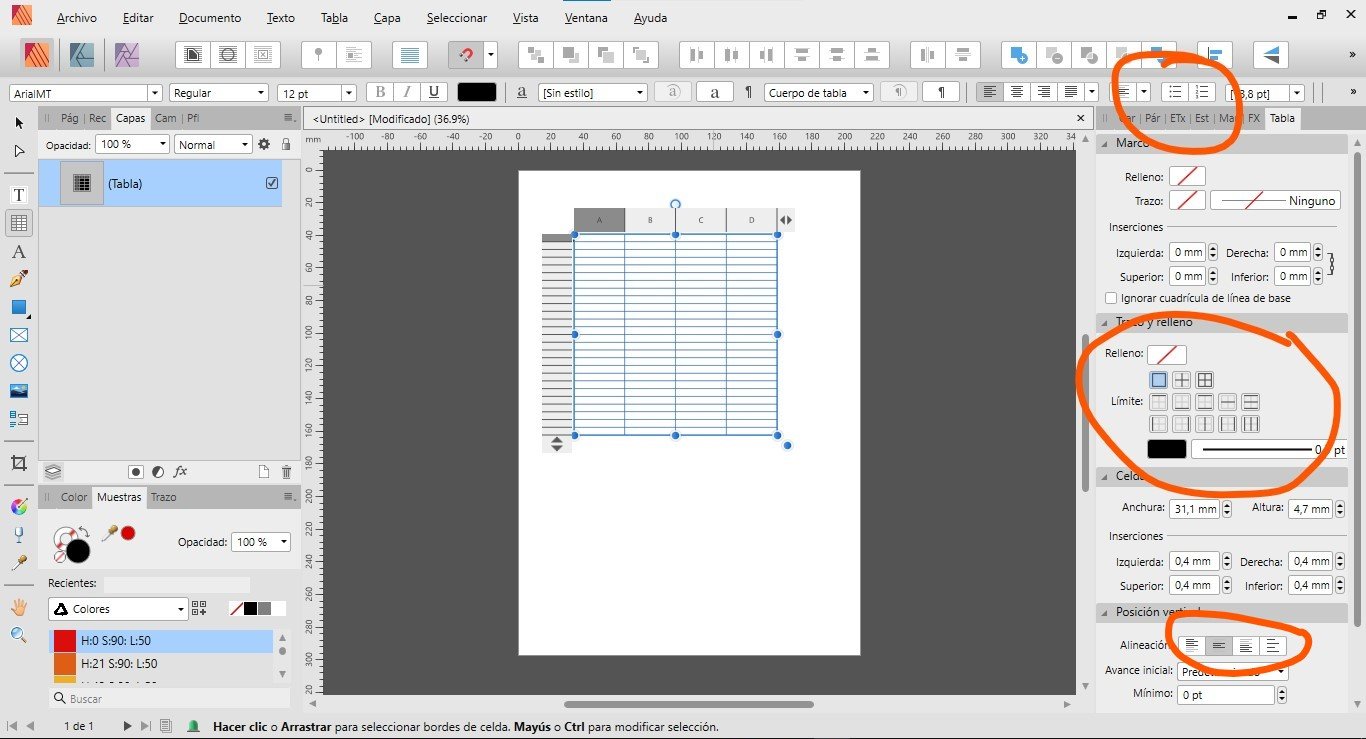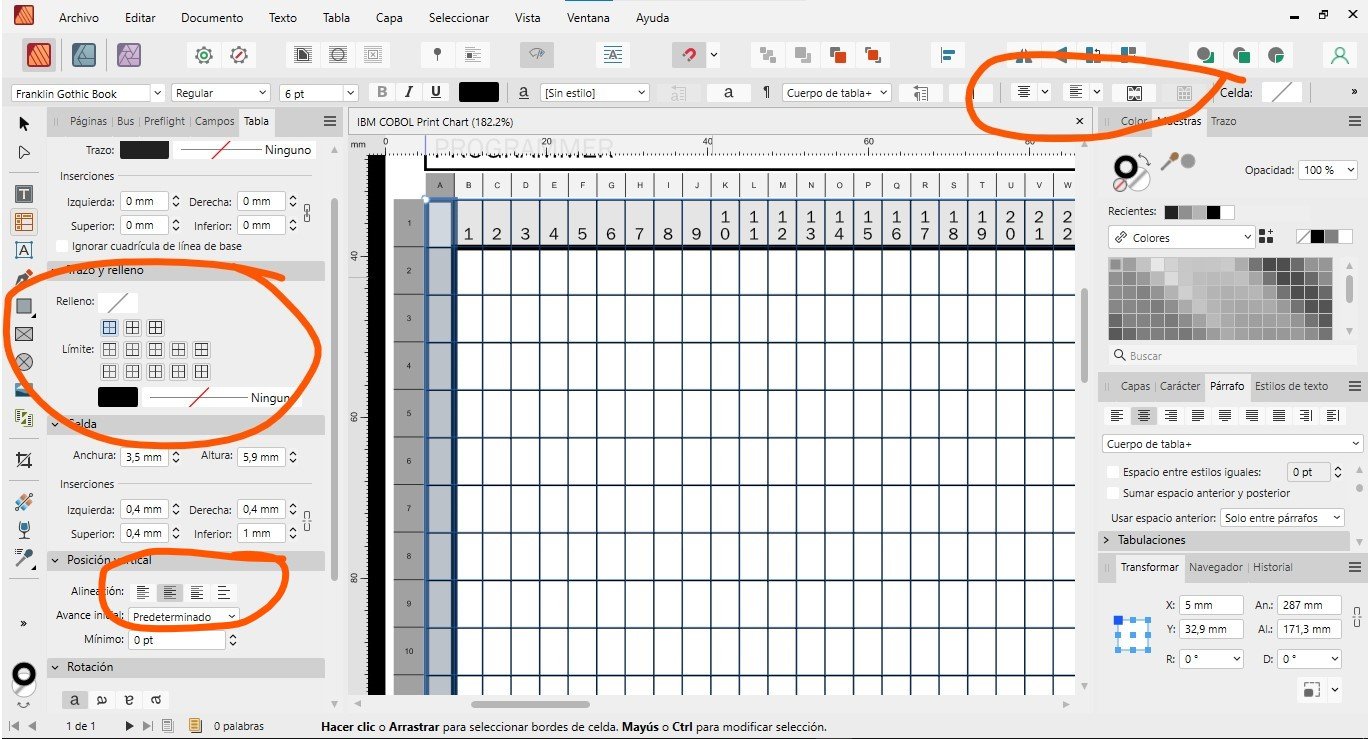
Jose Alvarez
-
Posts
72 -
Joined
-
Last visited
Posts posted by Jose Alvarez
-
-
I can't think of a more BASIC and NECESSARY feature for Publisher. And more knowing that previous programs of Serif (PagePlus X9) implemented it. Do you understand something? Not me...
-
I agree with all you say.
My first option was the Appearance menu, but there you can't do nothing with groups. Maybe some day

-
12 hours ago, loukash said:
The above vector workflow can be made completely interactive by using Symbols:
- create your vector objects and select them
- Layer > Create Compound (don't worry about temporarily losing any individual object attributes, they are not lost)
- create your outline stroke on the Compound layer (remove the fill if you don't need any)
- create a symbol of the Compound layer (i.e. click the Create button in the Symbols panel)
- duplicate the new Symbol layer
- in the Symbols panel, disable the Sync button
- select the Compound layer inside the cloned Symbol layer
- Layer > Release Compound (there, all your original attributes of individual objects should be back
- select the parent Symbol layer of the released objects
- enable the Sync button again
- group both Symbol layer instances to keep them aligned
It's important to create a Symbol from the compound first and then release the duplicate compound unsynced to get your fill attributes back. The other way around the symbol sync wouldn't work.
Now when you select the nested objects inside either Symbol instance, they will move or change shape in sync. Only their fill and stroke attributes are detached via the Compound layer as marked by the vertical dashed line in the Layers panel.
Nice solution, Loukash, I take note! Thanks.
-
20 minutes ago, Aammppaa said:
You might get away with an Outline effect applied to the group.
https://affinity.help/designer2/English.lproj/pages/LayerFX/layerFX_outline.html
1. Group the objects that you want to outline.
2. Add Outline effect to the group, via the Layer Effects button in the Layers Panel.Thanks Aammppaa, that's just I was looking for!
-
2 hours ago, debraspicher said:
If there are enough paths available to create the fill you need, you could merge a duplicate group to create the shape needed to apply a stroke. There wouldn't be a group then, just the final curve and then you can turn off the fill. If you don't have the paths, you may have to create them by duplicating those objects & use "Convert to Curves" option.
Thanks, Debra, but this is the solution that I'm using right now and the one I want to avoid ;).
-
Hi!
I wish to apply a stroke to the contour of a group (formed by some objects). There's a way to do it without creating a merging object with all the grouped objects and moving it back (indeed, that's the way I'm doing now...)
-
The new V2 UI is more likely in some aspects (like monochromatic icons, I like it) but in others are a lot worse. For example, that icons to select type of paragraph alignment or table cell strokes. I upload 2 examples,
V1 version:

V2 version:

In V2 version is almost indistingible what are you selecting. I must move back and front my laptop screen and my head, like a little owl!
In both versions, anyway, when you select a field to fill with a value, the blue remark around the field box is so small that is dificult to see. It must to be very evident what field are you selecting.
I encourage our Affinity friends to fix that little things that do the Affinity Experience a bit (or very) dissapointing.
- debraspicher, oscarlosan, deeds and 1 other
-
 4
4
-
I have the same problem in Windows 10, 8 Gb RAM, working with empty tables, setting up them it crashes randomly. I can't say very much, no problems in V1.
-
9 hours ago, NNN said:
No workarround can replace the flexibility of ID's facing pages spreads.
That's absolutely TRUE.
-
48 minutes ago, nicolasfolliot said:
So yes, as soon as bleed is involved, it gets exported as separated pages, even if you try to export the full document. So the trick is to create a "mother artboard" containing your full spread, and export only this one. It's still a workaround, but pretty easy to setup and working (at least for me).
The trick is in the Export Persona. You create a sector containing all the pages that form the spread (only the pages, don't need the bleed) and export that sector to pdf. That's all. You'll have the complete spread with bleed and cropmarks if you select them.
-
-
Hi!
It is very annoying not to be able to resize that window and work with more than a handful of sections. I can't find any reason to make this window with fixed size. Is it possible to make this window resizable?
Thank you!Windows 10 + Affinity V2 Universal License
-
COPY / PASTE from Scripting Forum, TonyB (Moderator):
Affinity will support Javascript and also have a 'C' based API binding interface that people can use to write plugins. We will also have the ability to create UI to support their scripts and plugins with dialogs and panels.
We have a team developing this but the amount of work is very large so unfortunately users will need to be patient.
Crystal clear, mates.
- MikeTO, angelhdz12, raffriff42 and 2 others
-
 5
5
-
2 minutes ago, Patrick Connor said:
Ask the Dev in that thread. He may explain more what our plans are
Thanks Patrick!
-
1 hour ago, fde101 said:
ECMAScript (JavaScript) and Python both stink (pathetic languages)
?????????????????
Heavy words, mate...
-
-
There's a crystal clear fact with this Affinity V2: IT'S A BARGAIN.
But that some features are very demanded by users and aren't implemented yet, is true, too.
- Dazmondo77, Przemja and Clayton King
-
 2
2
-
 1
1
-
First thing I did when I installed Publisher 2 this morning was try to create 'more than 2 pages' spreads, with all kind of key combinations or page/spread menus. Result? Deception... I'm sorry to say, but I'm dissapointed for that. And I have purchased the Universal license...
- Clayton King and Przemja
-
 2
2
-
I agree, my InDesign workflow relies a lot in scripting, and I think we all was hoping for this feature (and some more) be yet implemented. Sorry to say, but it's true. And I have purchased the Universal license.
-
24 minutes ago, fde101 said:
Put something on the pages and try again... you can't see the effect because your pages are blank.
True, you MOVE the page you're dropping between the pages of the spread.
-
-
Uffffffffff too much work for a thing so simple.
-
Hi all, and Merry Christmas!
I want to know if there is a way to add metadata read from an image to fill in a caption, for example. I use to do it a lot in Indesign, it saves me a lot of time and errors.
Thanks!
-
I agree with all of you. Object styles that you can't edit are almost usefull. That is a great Indesign feature, 'cause you can even apply text styles (+ next style - it saves us a lot of time!!).
Another MUST HAVE.




3 page spread
in Feedback for Affinity Publisher V1 on Desktop
Posted
I like 90's music and films... but I don't want to go back to 90's desktop publising software.